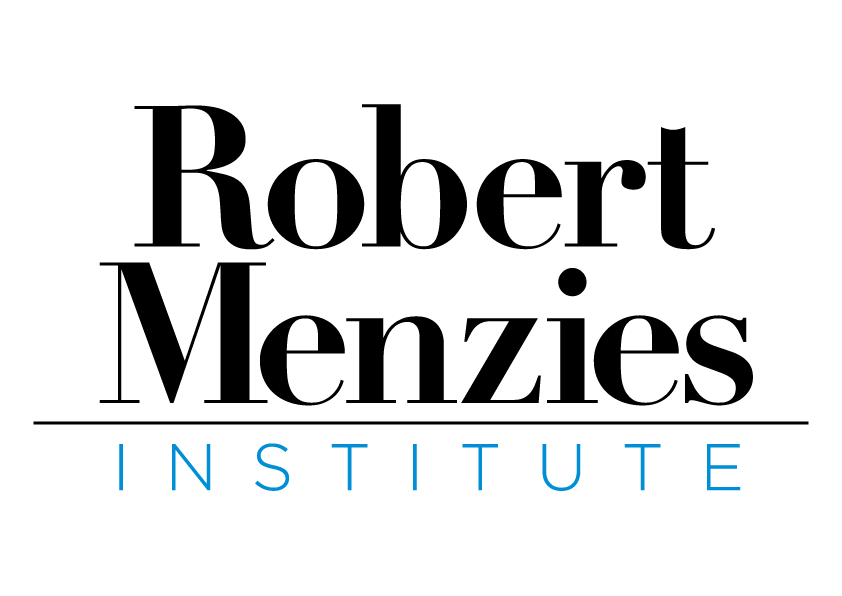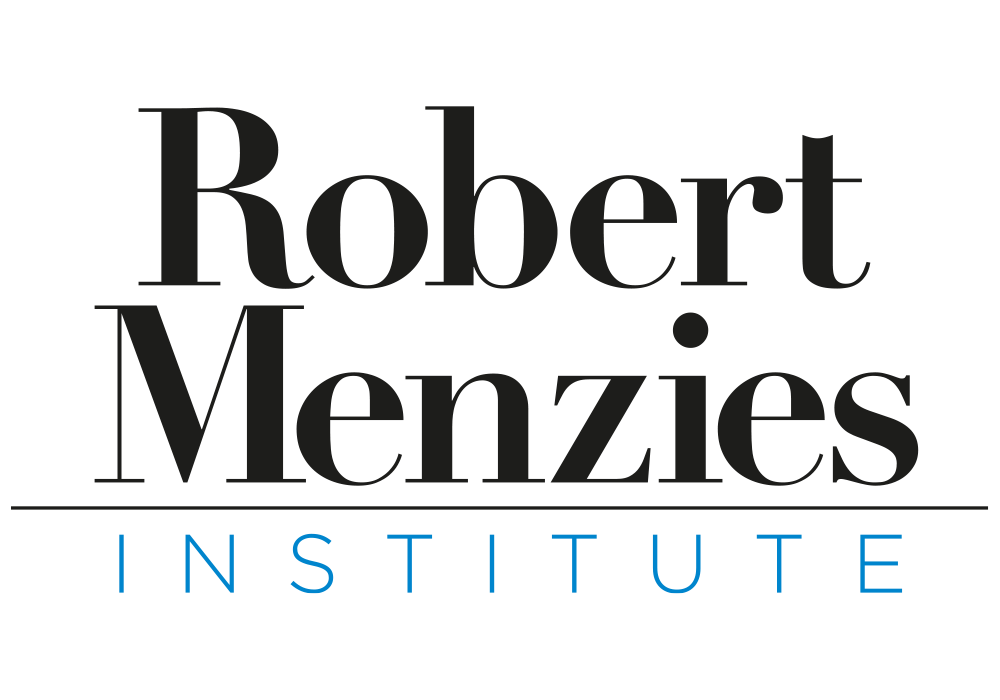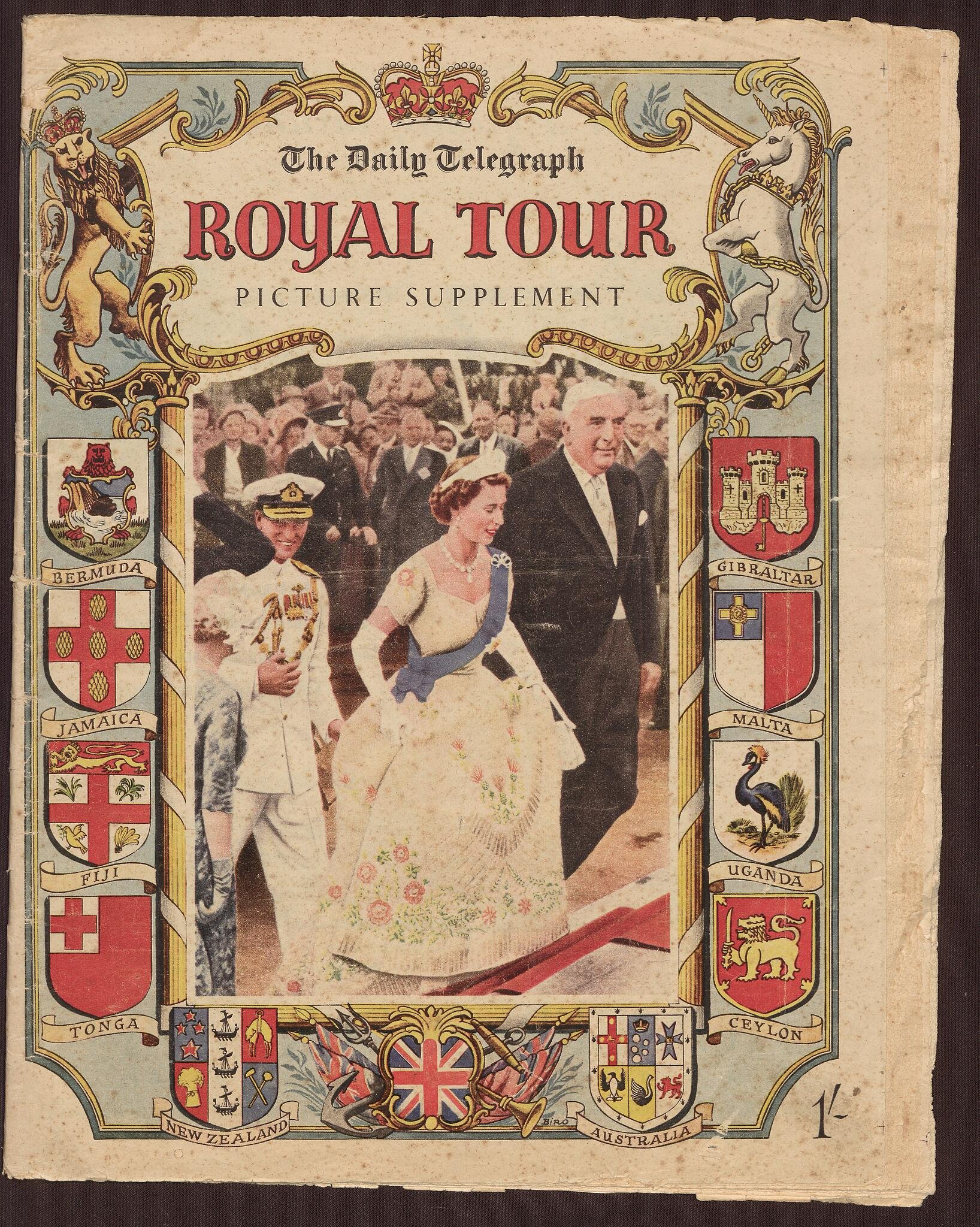1954 Royal Tour
On this day, 1 April 1954, the first visit of a reigning monarch to Australia draws to a close as Queen Elizabeth’s Royal Yacht sails out of Fremantle Harbour. The scene is accompanied by the cheers of 40,000 onlookers, who then broke into a rendition of Auld Lang Syne. The royal tour was one of the largest events in Australian history, it is estimated that up to three quarters of Australia’s population came out to see their monarch, and its cultural and social impact is difficult to overstate.
Planning for a monarch’s visit had begun in 1949, but the plans had to be scuttled because of King George VI’s ill health. It was instead arranged that Princess Elizabeth should come in his place in 1952, but this trip was abandoned after George’s tragic death. The coronation and exuberant youth of the new Queen only added to the anticipation of an Australia that was anxious for royal recognition.
When the 27 year old Queen sailed into Sydney harbour on 3 February 1954 accompanied by her partner Prince Phillip, she practically stopped the nation. Her arrival at Farm Cove, where Captain Arthur Phillip raised the Union Jack 165 years earlier, attracted an estimated 1 million onlookers in a city with a population of approximately 1.8. There to greet her was Prime Minister Robert Menzies, who was frequently at events with the Queen throughout the tour, proudly showing off the country he led.
The logistics of the tour had been carefully coordinated by the responsible Minister Eric Harrison. Over the next 58 days the royals would visit 57 cities and towns, with Australia showcasing the best and brightest of what it had to offer. The royal couple met ‘servicemen, Indigenous people, civic dignitaries and sportsmen; attended garden parties, horse races at Randwick and Flemington, a cricket match in Adelaide; and a surf lifesaving carnival in Sydney. They visited rural Australia, metropolitan Australia, sailed the waters of the Great Barrier Reef and visited the Three Sisters in the Blue Mountains.’
In Newcastle the royal party visited the steel foundry and met with workers. At Dubbo, the itinerary included a pastoral review with woodchopping demonstrations and sheep shearing contests. In Victoria the Queen and Duke met workers at the brown coal mine at Yallourn. At Woomera, Phillip visited a rocket range to see the latest in Anglo-Australian rocket technology.
This was an emotional time for ex-soldiers who had fought two world wars ‘for king and country’ under the Union Jack. In Melbourne the Queen opened the forecourt of the Shrine of Remembrance, while the Melbourne Cricket Ground was the scene of a passionate display by massed ex-servicemen. In Canberra the couple inspected the war memorial accompanied by official war historian C.E.W. Bean, and they also witnessed the trooping of the colours at Duntroon Military College.
The Queen opened Parliaments, both State and Federal, taking up her rightful role in which the various Governors and the Governor General merely stood in for her. The opening of the Federal Parliament was particularly magnificent, with the Queen donning her coronation robes and jewels. That night there was a vast banquet with the finest food flown in from around Australia; Lobsters from South Australia, Oysters from Northern New South Wales, Mildura Murray Cod, Strawberries from Tasmania, and suckling pigs from Canberra itself.
It was a time of bipartisanship, with Labor politicians as effusive in their praise of Her Majesty as their Liberal counterparts. Opposition leader H.V. Evatt seconded the address-in-reply to the Queen’s speech, declaring ‘At last the Queen has been with us in the Parliament and has addressed us as Her Majesty, the Queen of Australia’. Save for a handful of intellectuals and radicals, the idea of a republic then barely existed in the public consciousness.
The material legacy of the tour is vast. Collectables were everywhere, and countless items survive in personal collections and museums across Australia. Memories of the event continue to leave an indelible mark on thousands of older Australians, many of whom otherwise have no attachment to the monarchy, but who were inevitably caught up in the social phenomenon.
The Queen’s farewell message, broadcast as she left read ‘With the sounds of departure still ringing in our ears I want to say to you, my Australian people, how sad we are to be leaving the shores of your wonderful land’. A lot has changed in the near 70 years since the Queen left, even the coins which bear Elizabeth’s face have changed from pounds to dollars, but in some respects we remain ‘the Queen’s Australian people’, as her presence at the heart of our constitutional monarchy has endured. In many ways she has come to symbolise the stability and continuity of our democracy.
Further Reading:
‘Royal Romance’, National Museum of Australia, https://www.nma.gov.au/exhibitions/royal-romance
Alison Wishart, ‘The 1954 Royal Tour of Queen Elizabeth II’, State Library of New South Wales, https://www.sl.nsw.gov.au/stories/1954-royal-tour-queen-elizabeth-ii
A.W. Martin, Robert Menzies, A Life Volume 2 1944-1978 (Melbourne University Press, 1999).


